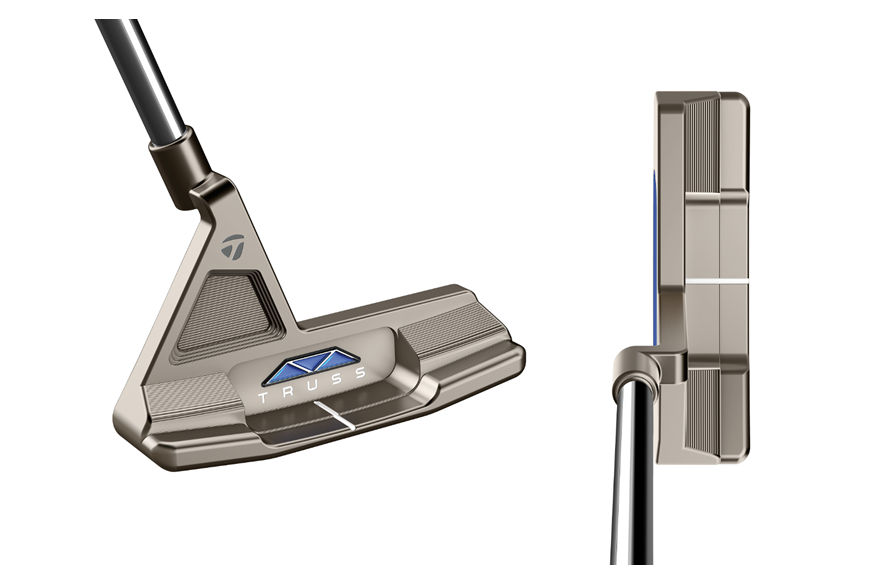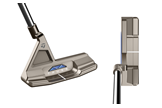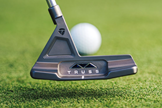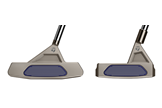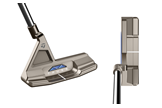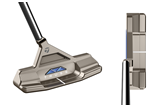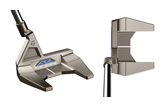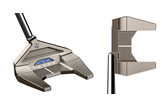NEW GEAR: TaylorMade’s TRUSS putters
Last updated:
A decade ago TaylorMade were nowhere when it came to putters. They put out the Spider in 2009, knowing it was good, but based on past performances they didn’t expect it to rip up any trees.
• RRP: £269
• Models: (TB1 – heel shafted blade, TB2 – centre shafted blade, TM1 – heel shafted mallet, TM2 – centre shafted mallet)
• Grip: Lamkin Sink Fit Skinny
Initially it was a slow burner. But as soon as a Spider Tour catapulted Jason Day to world No.1, every tour pro and his dog wanted one.
Since then, TaylorMade has seen huge success in its stability and MOI putters, both on Tour and in pro shops. So much so that the Spider has been instrumental in convincing 60% of tour pros to ditch beautiful but unstable blades (10 years ago 75% of pros used blades).
But there remains a nagging doubt among TaylorMade’s designers – the 40% who haven’t switched. They’re traditionalists who swear blades are the only option. And it wasn’t until an engineer read a 10-page white paper on tennis racquet design that they had a eureka moment.
He saw how two connection points – like you see on modern racquet necks – are far more stable than one. That got them thinking how they could do something similar with a putter, to create a stable blade design; four new Truss putters are the fruits of their labours.
WATCH: The stability story behind TaylorMade’s TRUSS and Spider S putters
ROBOT TESTED: Which golf ball suits my game?
How they did it:
Taking inspiration from modern carbon fibre tennis racquets, where dual necks give better support than the single stem of a traditional wooden raquet, TaylorMade worked up ideas to support putter faces in a similar way, and raise torsional stability. All without compromising the simple address cosmetics blade fans love.
TaylorMade’s engineers looked at how much of a putter’s face is supported by the hosel (which is the only area of the putter that doesn’t twist open or closed at impact), and cleverly worked out how a double hosel design increases the supported area significantly. So much so that where a traditional blade only has 10% of its face supported, the TRUSS TB1 can boast 50%.
TaylorMade say testing has revealed a 60% improvement in face deflection at impact compared to a traditional blade too. It’s a significant gain in stability and forgiveness, which obviously means more holed putts.
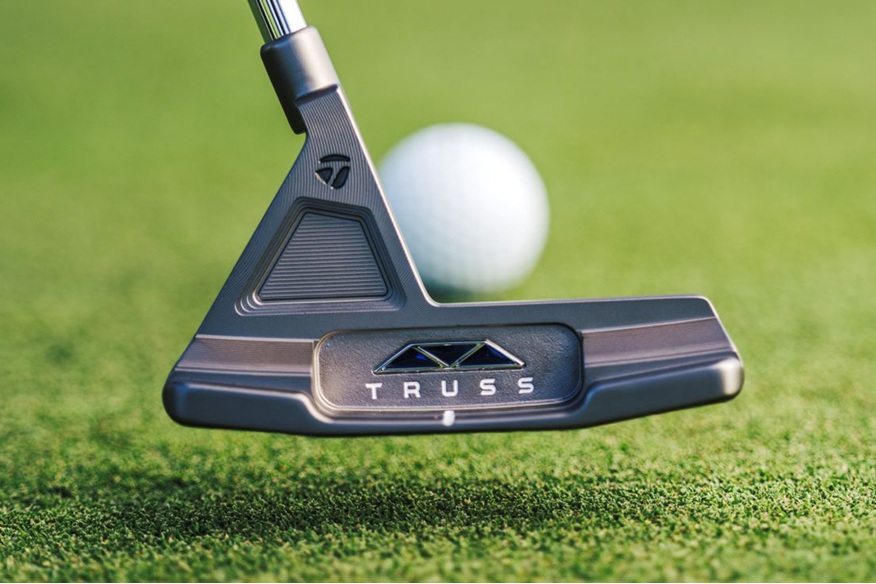
TaylorMade TRUSS: The key technology
Forward centre of gravity
Some of the best blade putter fans like releasing the putter through impact, which high MOI designs, which have a centre of gravity further from the face, can inhibit. TRUSS have a CG 10mm (TB1 & 2) and 20mm (TM1 & 2) from the face, where the Spider is 33mm.
Skim Milled construction
Each Truss head is cast then CNC Milled for a sharp clean appearance, reminiscent of all true premium blades. 80% of the putters surfaces are milled, ensuring precision and reducing differences from hand polishing.
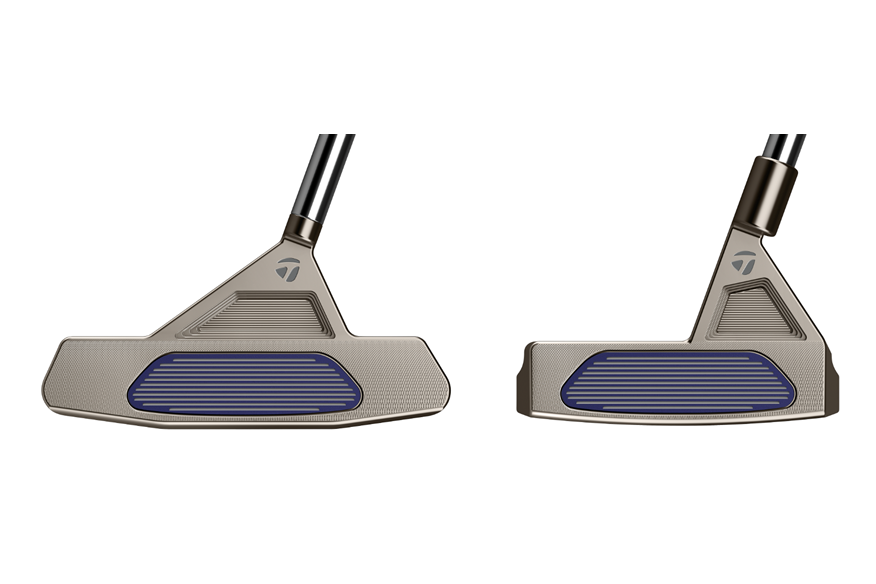
Expect a different feel
With TRUSS heads supported in more than one place, impact vibration – which transmits to feel – is slightly different from a traditional putter. TaylorMade says increases in stiffness dampen vibration, improving sound and feel.
Torsional stability vs MOI
It’s really important not to confuse torsional stability with MOI forgiveness. The pair are just two different ways to arrive at extra stability.
READ NEXT: TaylorMade’s new Tour Response ball for club golfers
The models
TaylorMade TRUSS TB1 putter:
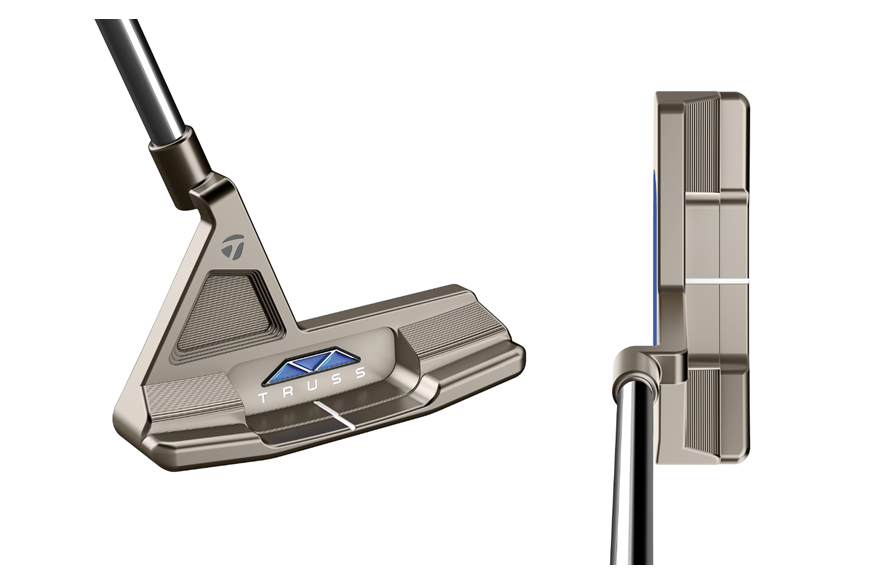
A traditional narrow body, toe and heel weighted blade design with single sight line. Like all four Truss models there’s a cobalt blue PureRoll insert for great sound, feel and roll. Twin sole weights mean each head can be weighted for 33”, 34’ and 35” lengths.
TaylorMade TRUSS TB2 putter:
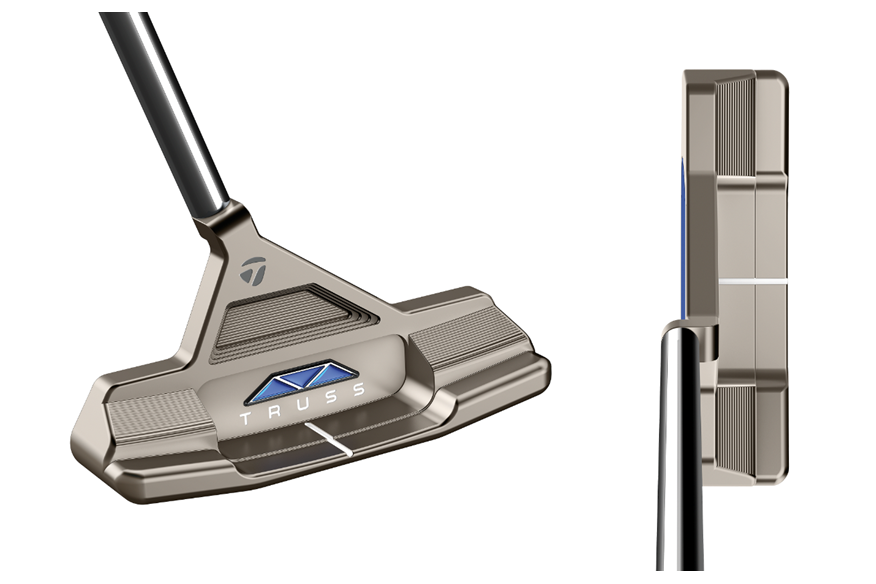
A centre shafted traditional narrow body blade. Unusually another benefit of Truss is how designers can introduce hosel offset (not really possible in centre shafted models before), which help how models set up.
TaylorMade TRUSS TM1 putter:
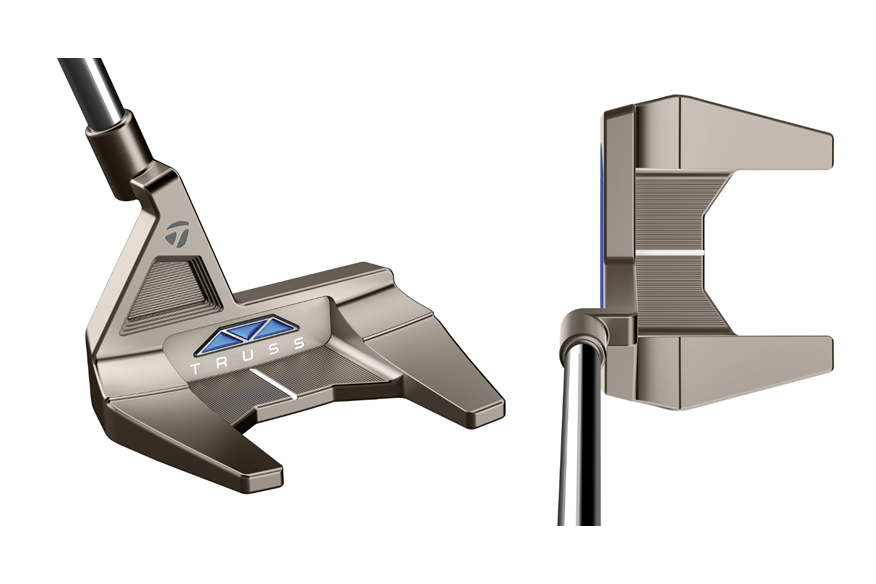
A compact fanged mallet design with single sightline. Like all four Truss models a KBS CT Tour shaft which weighs 120g is designed specifically to reduce deflection during the stroke and at impact, improving accuracy consistency.
TaylorMade TRUSS TM2 putter:
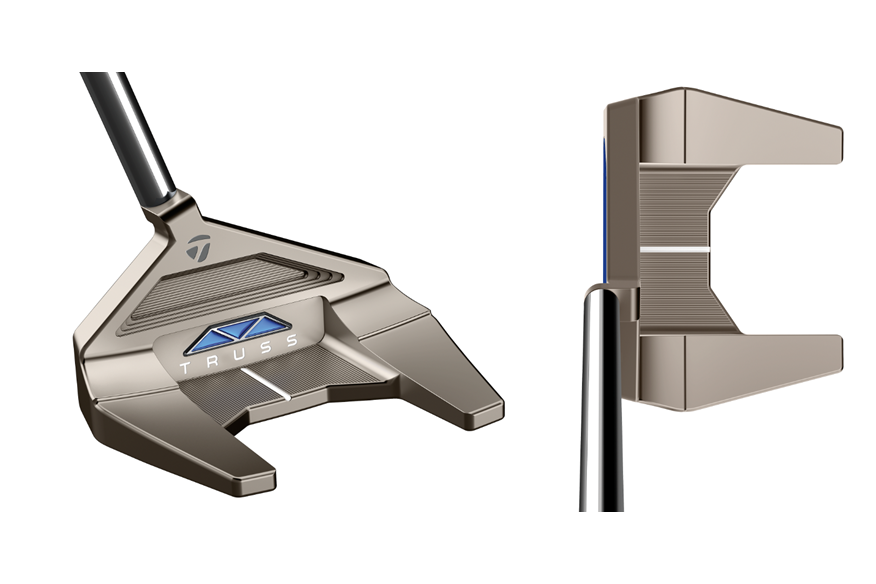
A compact fanged mallet with centre shaft. Where centre shaft putters used to be the least stable models when hit off centre, Truss now make them the most stable. TM2 has 100% of its face supported, previously it would have been less than 10%.
TaylorMade TRUSS putter: First hit verdict
First impressions count and while we were pretty shocked when TaylorMade showed us the first images of a Truss during our exclusive 2020 product presentation, they really are a product which shouldn’t be judged until you’re stood over one on a putting green.
The approach TaylorMade’s engineers have taken to produce a stable blade putter is seriously outside-the-box thinking – and superbly executed.
The stability gains are obvious, yet the heads don’t look massively different sat behind the ball. We see real benefits for golfers who love centre shaft set ups, as the boost TRUSS brings in stability just can’t be matched by others.
Rumour has it DJ’s looking at using a TB1 in 2020; if he rolls in the winning putt at the Masters with one, Truss will be an immediate success.
